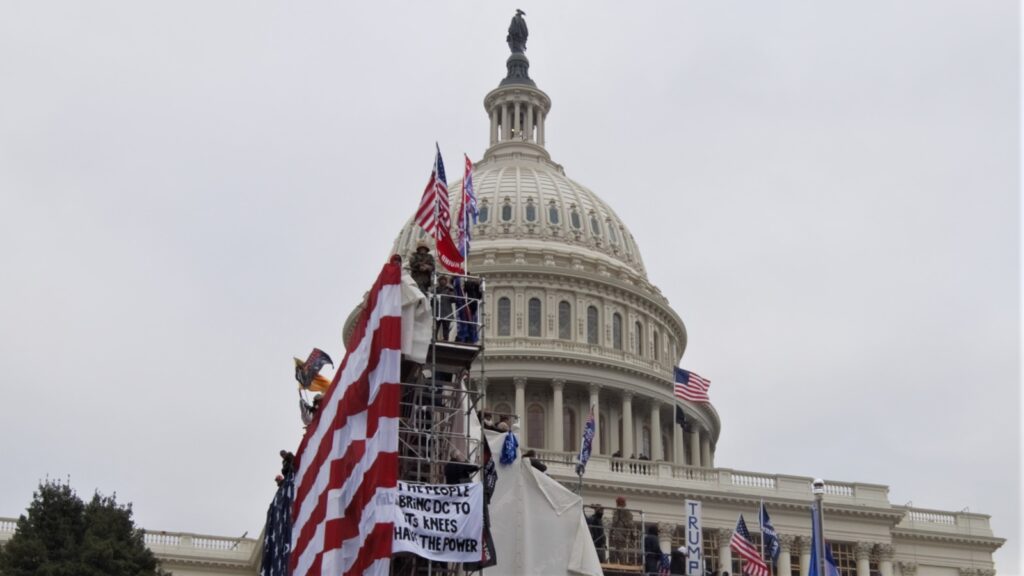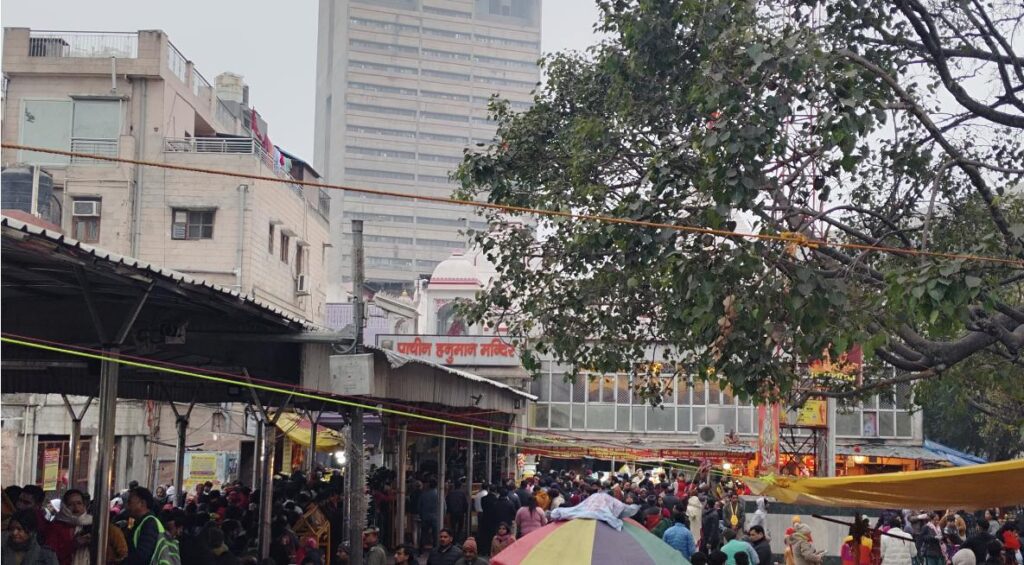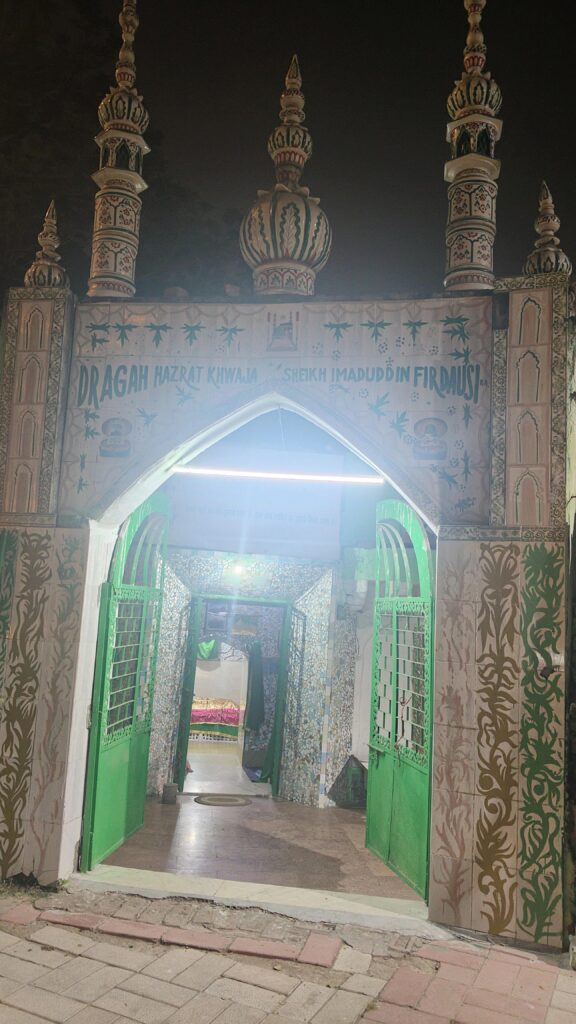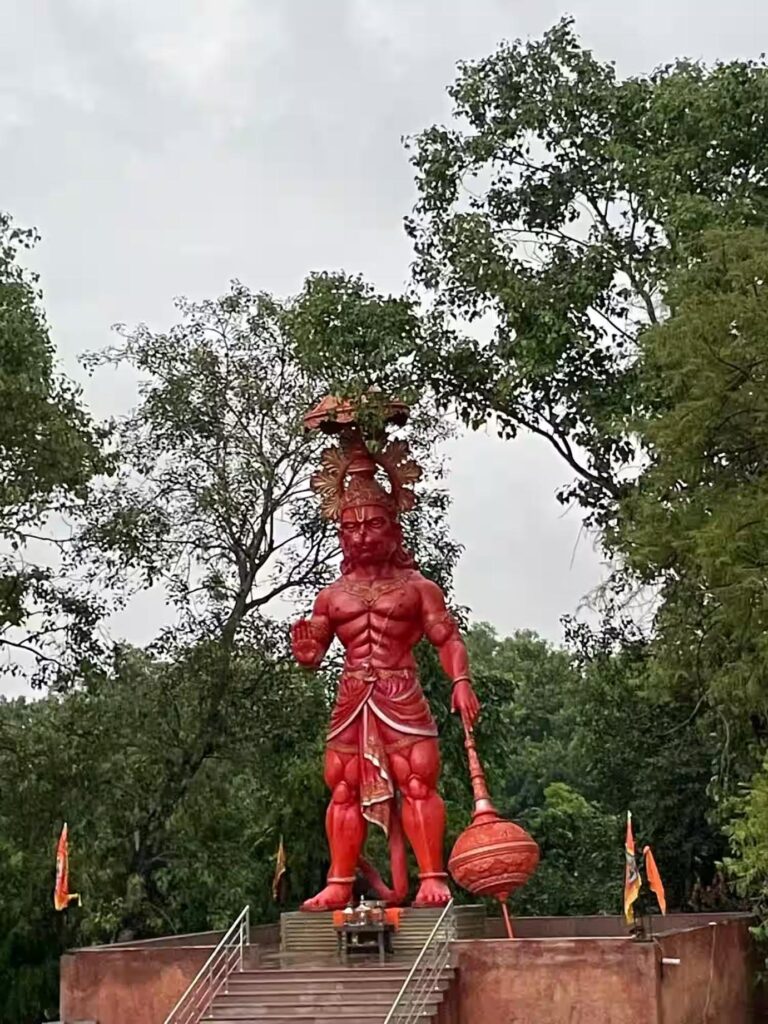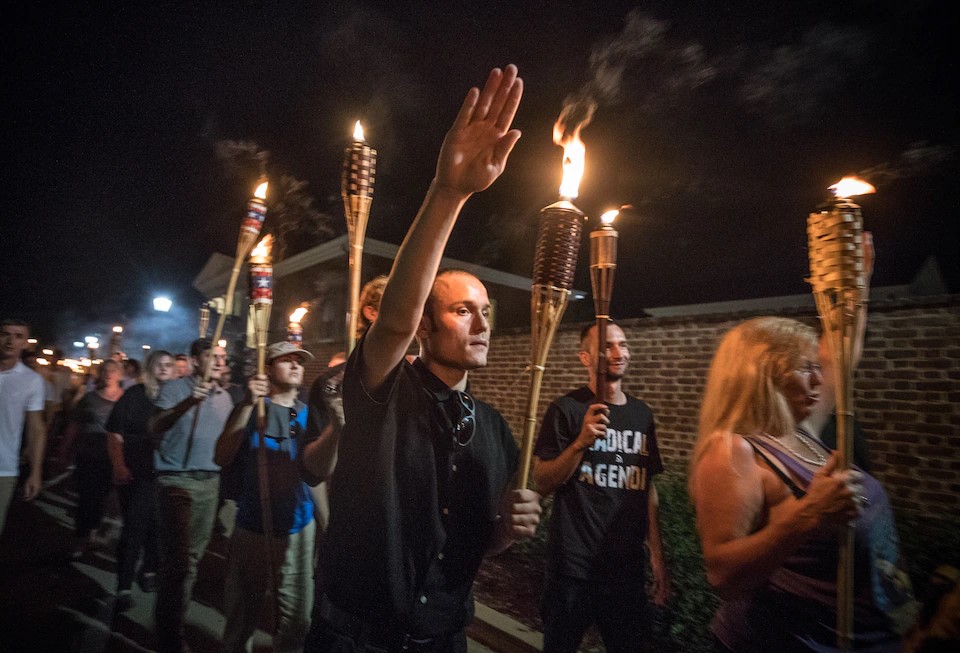
Chanting “White lives matter!” and “You will not replace us!” and “Jews will not replace us!” several hundred white nationalists and white supremacists carrying torches marched in a parade through the University of Virginia campus 11 August 2017, photo by
Evelyn Hockestein for The Washington Post
This discussion paper offers two contributions to our collective discussion on the theme of fascism: (a) an integrated set of elements comprising our definition of the concept; and (b) abbreviated notes on the applicability of each element to the present moment (see also Gordon and Webber 2023)
We argue that fascism is a mass movement rooted in the radicalizing petty bourgeoisie, or middle class. Fascist movements may participate in the bourgeois electoral arena, but ultimately the source of their strength and the centre of their political action is in the streets and the exercise of extra-legal violence. While outside of existential crises the bourgeoisie is not favourably disposed to fascists (some exceptions notwithstanding) the bourgeoisie may nevertheless appeal to them in an effort to impose order in such moments if political alternatives are unavailable or insufficient. The threat of fascism is co-extensive with capitalism – and not simply one of its stages – because capitalism systematically produces crises that profoundly destabilize the social order and its class relations. The possibility of fascism deepens when such crises reach a civilizational scale and become irresolvable on the terms of capital (i.e. the restoration of profitability and capitalist hegemony) either through bourgeois democratic means or other forms of authoritarianism, such as military dictatorship. Historically, a feature of those crises and obstacle to their resolution includes partially weakened but undefeated, mass revolutionary forces. As long as there is capitalism, then, the fascist threat remains alive. The intensity of the threat obviously has its ebbs and flows, but it never disappears.
As the definition outlined above would suggest, our preferred point of departure in what follows is a critical return to – but also extension beyond – the classical Marxist theories of fascism, particularly that of Leon Trotsky. In our view, two elements common to most classical Marxist theories of fascism need to be abandoned. The first is the unjustified view that fascism is specific to the kind of inter-imperial rivalry characteristic of the early twentieth century, and the related point that fascism is limited to countries of the imperialist core. The second is the connection of fascism to a “stage” of “monopoly capital,” a theory that was incorrect at the time and is equally without value today. Finally, we also believe that the interrelated phenomena of colonialism, racism, and white supremacy need to be fully integrated into the foundational elements of fascism identified by classical Marxists and synthesized below.
This is the master logic around which the seven elements of our concept of fascism and its potential development into a movement that can contest for power are articulated. We agree with Geoff Eley’s (2021) methodological point on the necessity of “portability” in any conceptualization of fascism that is to be of continued relevance across different historical periods, even as we disagree with his substantive characterization of the present conjuncture. Hence, we intend our concept of fascism as sufficiently abstract to be portable across different times and spaces of the industrial capitalist epoch, but nonetheless sufficiently coherent so as to be able to distinguish the phenomenon of fascism from other closely related phenomena.
First, with regard to context, the rise of fascism requires a severe and sustained crisis of capitalism beyond the mere immediate “conjunctural fluctuations,” and which makes the normal process of capitalist accumulation difficult if not impossible (Mandel 1971). Fascism’s historical role is to radically alter social, political, and economic conditions in order to facilitate a renewal of stable accumulation to the benefit, especially, of big capital. This is the master element whose logic articulates the other elements into a coherent totality. Clearly, the global crisis that erupted in 2008 and the economic stagnation that followed for much of the world – the worst slump in global production and trade since the 1930s, and one compounded by the economic impact of the Covid-19 pandemic – meets this contextual requirement.
Second, it is necessary that there be a foreboding sense of civilizational degeneration on the scale (but without necessarily the same content) that shaped the political zeitgeist from which classical fascism emerged. Such degeneration radicalizes the petty bourgeoisie. Most pertinent in the inter-war period was the crisis of global imperialism, culminating in the brutality and devastation of the First World War and inurement towards violence. Militarism crystallized in the European psyche generally, and especially among those who gravitated to fascism. The anxieties and traumas of postwar life, amidst economic volatility, were in turn successfully transformed by fascism into a focused hatred of Communism and alien others (Traverso 2017). Muted elements of this contextual factor exist in an incipient manner today, taking most dramatic form in the ecological crisis, the inurement to large-scale needless death and debilitation associated with the management of the COVID pandemic, the heightening of inter-imperial rivalries, the onset of major new wars, and a widespread cultural pessimism reminiscent of classically pre-fascist sentiment. Yet the sense of civilizational degeneration today is not yet comparable in scale to that of the era in which classical fascism was forged.
Third, the crisis of capitalist accumulation must develop into a crisis of bourgeois democracy. The historical context generative of the rise of fascism was one in which social classes deviated from their traditional political parties, and “the immediate situation became delicate and dangerous,” with an acute crisis of authority, “or general crisis of the state” (Thomas 2011). Today, clearly, there is a widespread international context of bourgeois democratic decline and weakening of traditional parties, but not yet the proliferation of the actual overthrow of bourgeois democratic regimes and the installation of military dictatorships – with some important exceptions, such as the counter-revolutionary wave in the Middle East – much less fascist dictatorships.
The fourth element of fascism – the inadequacy of traditional military dictatorship – flows immediately from the third. Traditional forms of police and military repression and dictatorial rule reveal themselves to be inadequate in the face of a strong working-class movement or an unreliable military. As a reactionary and militarized mass movement, with a capacity to mobilize supporters in the streets and electorally, fascism offers a solution. In the current context, by contrast, traditional forms of police and military repression within bourgeois democratic parameters, or in some cases military dictatorship (whether temporary, or longer term), have proved sufficient for the reproduction of capitalist rule.
The fifth component has to do with the petty bourgeois composition of fascism’s mass base. While inter-war European fascism drew cross-class support, at its core it was a petty-bourgeois movement of small business owners, rural landowners, managers, civil servants, professionals, and military and ex-military members. More and more, this radicalizing middle class was drawn to a revanchist politics premised on fortifying the nation, martial discipline, and order. Because of its precarious class location within the capitalist hierarchy, nestled uneasily between a globally ambitious set of large capitalists and an internationalist working-class movement, the petty bourgeoisie is disposed to conflating itself and its interests with those of the nation and to a conservative politics. The petty bourgeoisie is also a sufficiently large section of society to constitute the basis of a mass movement. The contemporary far-right draws heavily on petty-bourgeois radicalization, but the petty-bourgeoisie has not been mobilized and transformed into mass movements willing and capable of regularly engaging in organized paramilitary violence.
Sixth, before fascists are able to take power, with support from the bourgeoisie, they must first alter the balance of forces in their favor by inflicting partial setbacks on movements of the exploited and oppressed. We can call this the weakening, short of defeat, of the revolutionary threat from below.The revolutionary threat once posed by the proletariat may have dissipated, and any civil war scenario between the classes may have abated, but the organizational capacity of the workers’ movement to resist the depression of wages and increases in exploitation through normal means persists. In most of the world where the far-right has strengthened it has not done so in response to a revolutionary threat of any kind, so fascist violence has not been necessary to deliver a weakening-short-of-defeat of such a threat. In the major exception, the revolutionary wave in the Middle East, the counter-revolutions assumed traditional forms rather than fascist ones.
Seventh, and finally, there is assimilation into the bourgeois state and the restoration of capitalist stability. With its victory fascism is “to a large extent assimilated into the bourgeois state apparatus” and thus the most extreme, unassimilable elements of the movement, are of necessity liquidated (Mandel 1971: 20). Fascist rule is put to the task of restoring capitalist stability. Observing the sharp increase of capitalist profits under the Nazis, Mandel notes that while some capitalists, such as those in the arms industry, benefited more than their compatriots, “there clearly emerges a collective economic interest of the capitalist class” (Mandel 1971: 16). The winner in all of this was not a fraction of German capital but large German capital as a whole, which remained very much under the command of the German bourgeoisie, rather than the state or the fascists (Neumann 2009: 435-36, 613). Nowhere in the world have fascists captured state power, and so nowhere have they subsequently been assimilated into the bourgeois state. While some far-right parties with fascist roots have entered into government or hold the balance of power in government in parts of Europe, presently they act within the parameters of bourgeois democracy rather than seek to overthrow it (even if they wish to weaken it).
Todd Gordon is an Associate Professor at Wilfrid Laurier University and an editor of Midnight Sun. He has written on the Freedom Convoy for Midnight Sun and Studies in Political Economy.
Jeffery R. Webber is a political economist with research interests in Latin America, Marxism, social theory, the history of the Left, international development, capitalism and nature, imperialism, the politics of class and social oppression, and social movements.
References
Eley, Geoff. 2021. “What Is Fascism and Where Does It Come From?,” History Workshop Journal 91, no. 1: 1–28.
Gordon, Todd, and Jeffery R. Webber. 2023. “The Authoritarian Disposition: Capitalism, Liberalism, Fascism,” Spectre, Issue 8, Fall 2023: 42-55.
Mandel, Ernest. 1971. “Introduction,” in The Struggle Against Fascism in Germany, by Leon Trotsky. New York: Pathfinder.
Neumann, Franz L. 2009. Behemoth: The Structure and Practice of National Socialism, 1933-1944. Chicago: Ivan R. Dee.
Thomas, Peter D. 2011. The Gramscian Moment: Philosophy, Hegemony and Marxism. Chicago: Haymarket Books.
Traverso, Enzo. 2017. Fire and Blood: The European Civil War, 1914-1945. London: Verso.
Cite as: Gordon, Todd & Webber Jeffery R. 2024. “The Return of Fascism?” Focaalblog, 29 January. https://www.focaalblog.com/2024/01/29/todd-gordon-and-jeffery-r-webber-the-return-of-fascism/
